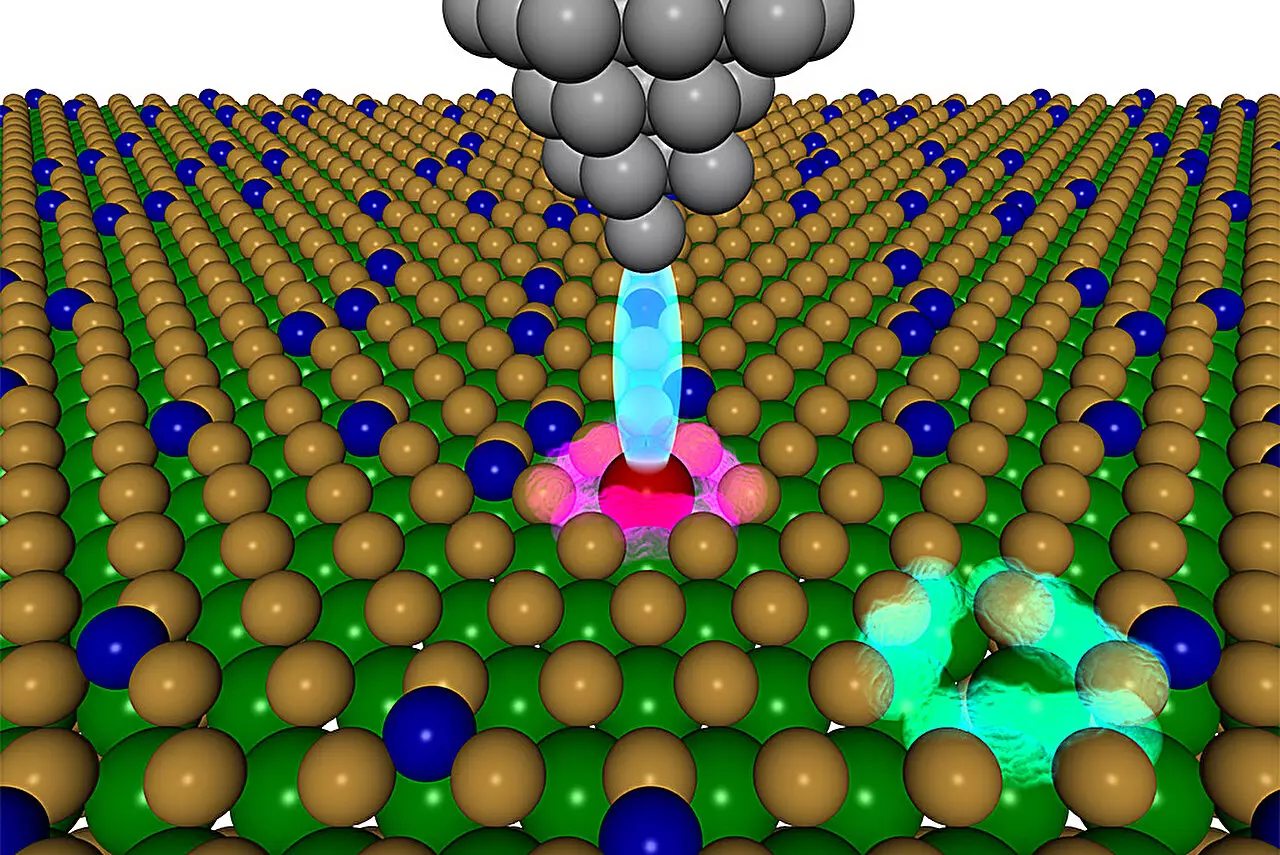The exciting field of quantum information science is on the verge of significant breakthroughs, thanks to innovative research approaches pioneered at the Lawrence Berkeley National Laboratory. Researchers from multiple esteemed institutions, including Dartmouth College, Penn State, Université Catholique de Louvain (UCLouvain), and the University of California, Merced, have joined forces to explore new materials poised to transform how we understand and utilize quantum phenomena. Their study reveals a new methodology that not only accelerates the discovery of advanced quantum materials but also offers a glimpse into the future of sophisticated quantum applications.
Traditionally, the search for high-potential quantum materials has been a labor-intensive and time-consuming venture, often relying on blind experiments with limited predictive capability. However, through a groundbreaking fusion of theoretical modeling and precise experimental techniques, researchers are now capable of identifying promising materials at an unprecedented pace.
The Power of Computational Screening
At the heart of this research is a computational strategy that allows scientists to predict the properties of an expansive array of materials rapidly. Using advanced high-throughput methods, the research team screened a staggering 750 potential defects within the two-dimensional material tungsten disulfide (WS2). By utilizing principles of quantum mechanics, they were able to simulate the potential impacts of substituting various atoms, narrowing the field to the most promising candidates for further exploration.
Lead investigator Geoffroy Hautier emphasized the innovative nature of this approach, which accelerates the discovery process from decades to a fraction of that time. The computational groundwork establishes a framework upon which targeted experimental efforts can focus, effectively transforming the laborious traditional route into a streamlined process. This synergy of theory and practice is a blueprint for the future of material science, opening previously unimagined possibilities for new technologies.
Precision in Fabrication
Complementing the predictive prowess of computational methods is the equally impressive fabrication technique developed by the research team at Berkeley Lab’s Molecular Foundry. The challenge of placing defects precisely at the atomic level has historically hindered experimental success. However, utilizing a scanning tunneling microscope, the researchers demonstrated the capability to manipulate individual atoms with extraordinary precision, akin to assembling LEGO bricks.
This meticulous process involves choosing specific locations for the insertion of cobalt atoms into WS2, where they can fulfill their roles as quantum defects. The success of this method marks a paradigm shift in how materials can be tailored for quantum applications, allowing for the reproducibility of defect placement—a critical factor for achieving quantum entanglement and robust information transmission.
Unlocking Quantum Applications
The potential applications of these new quantum materials are monumental. From enhancing the capabilities of telecommunications to improving computational power, the implications of these findings extend into critical sectors. Researchers envision scenarios where defects designed to absorb and emit light can facilitate long-distance communication through optical fibers, revolutionizing how information is disseminated.
The recent identification of a cobalt defect within WS2 showcases how this combined approach can lead to groundbreaking new findings. Before this study, the properties exhibited by this particular defect were completely unknown. The ability to climb seamlessly from theoretical predictions to experimental validation signifies a monumental achievement in the quest for functional quantum materials.
The Value of Collaboration
The success of this research does not stem solely from advanced methodologies but also from the collaborative ethos cultivated within the research team. Regular interactions between theorists and experimentalists fostered an environment where feedback and communication flourished, allowing the team to adapt their methodologies continuously to refine their findings. This type of collaboration embodies the spirit of modern scientific inquiry, highlighting the necessity of interdisciplinary partnerships in tackling complex challenges.
As they look toward the future, the research team plans to expand their studies beyond WS2, investigating a wider variety of materials while also focusing on enhancing the properties of discovered defects. The challenges posed by quantum information systems are many, and the potential for creating new functionalities remains vast.
A New Era for Material Discovery
As researchers continue to refine these innovative approaches, the boundaries of what is possible in quantum materials will expand. The ability to engineer atomic-level precision invites us to imagine a future where we can create not just materials with known properties, but rather complex systems that harness as-yet-unknowable functionalities. The intersection of theory and experimental practice is paving the way for an exhilarating new chapter in materials science and quantum technology, promising a profound impact on our technological landscape for years to come.


Leave a Reply